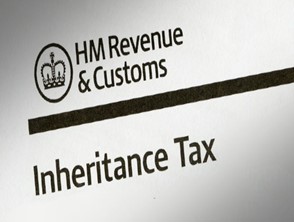IHT400 is a form used for reporting and paying inheritance tax on the estate of a deceased person: it is used to calculate the value of the estate and determine the amount of inheritance tax that needs to be paid.
The IHT400 form is completed by the executor or administrator of the deceased person’s estate. It requires detailed information about the assets and liabilities of the deceased, including property, investments, bank accounts, and personal belongings. The form also includes sections for any exemptions, reliefs, or deductions that may be applicable.
Completing the IHT400 form can be a complex process. An outline of the steps involved in completing the form are as follows:
Gather information: Collect all the necessary information about the deceased person’s estate, including details of assets, liabilities, and any relevant documents such as property valuations, bank statements, and investment statements.
Valuations: Determine the value of the assets included in the estate, such as property, investments, and personal belongings. These valuations may require professional assistance, especially for complex assets.
Complete the form: Fill out the IHT400 form carefully, providing accurate information in each section. The form consists of various sections covering personal details, details of the deceased’s estate, gifts made by the deceased, exemptions and reliefs, and more.
Calculate the tax liability: Use the information provided on the IHT400 form to calculate the inheritance tax liability. This involves applying the appropriate tax rates and considering any exemptions or reliefs that may apply.
Complete the supplementary forms: In addition to the IHT400, you may need to complete supplementary forms depending on the circumstances. For example, if the deceased made lifetime gifts, you might need to complete form IHT403 to calculate any tax due on those gifts.
Attach supporting documents: Gather the necessary supporting documents, such as property valuations, bank statements, and other relevant paperwork. These documents help validate the information provided on the form.
Submit the form: Once you have completed the form and gathered all the required documents, submit the IHT400 form to HMRC.
Pay any tax owed: If there is an inheritance tax liability make arrangements to pay the tax to HMRC. The payment is usually due within six months from the end of the month in which the deceased passed away. Late payment may result in additional charges or interest.
The process of completing the IHT400 form can be complex, and the information provided here is only a general guide. It is strongly recommended to seek professional advice to ensure accuracy and compliance with the current inheritance tax laws and regulations.

